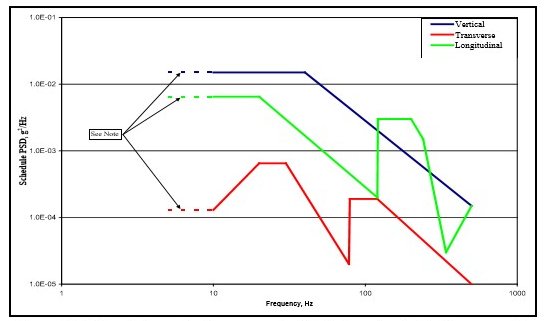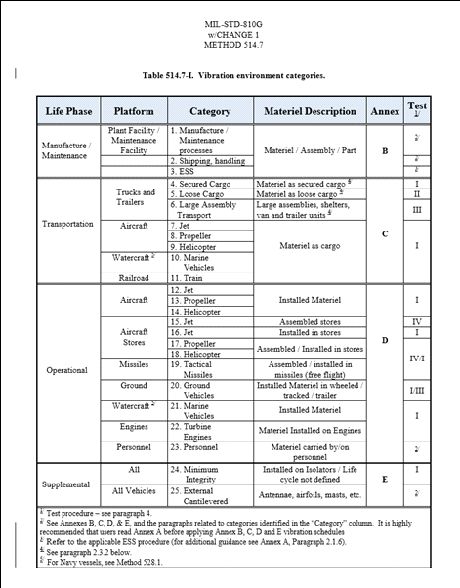This is part two of a series of blog posts concerning the MIL-STD 810 Vibration Section. This blog was written with reference to MIL-STD-810G w/Change 1 dated 15 April 2014. DES has the experience and expertise to help you determine what profiles are appropriate for your product and to run your MIL-STD-810 vibration test. For more information, please check out Part 1 – MIL-STD-810 Vibration Testing Overview blog and our Vibration Testing services page.
Category 4 of Method 514.7 Vibration testing details the transportation random vibration environmental conditions from cargo interaction with vehicle suspension and structures with road and surface discontinuities. “This environment may be divided into two phases, truck transportation over US highways, and mission/field transportation. Mission/field transportation is further broken down into two-wheeled trailer and wheeled vehicles categories.”
Truck Transportation over US Highways Vibration Testing
This vibration test method is used when products or equipment will be transported by large trucks tractor-trailers commonly seen on US highways. The truck transportation over US highways random vibration profile is designed to simulate 1609 km (1000 miles) on interstate highways. The random vibration profile along each axis can be seen in the plot below in Figure 1. The length of this profile is 60 minutes per axis for each 1000 miles of transportation. For example to simulate 2000 highway miles, the vibration test duration would be 2 hours per axis x 3 axes = 6 hours total.

Continue reading MIL-STD-810: Vibration Testing Category 4 – Truck/Trailer – Secured Cargo →
